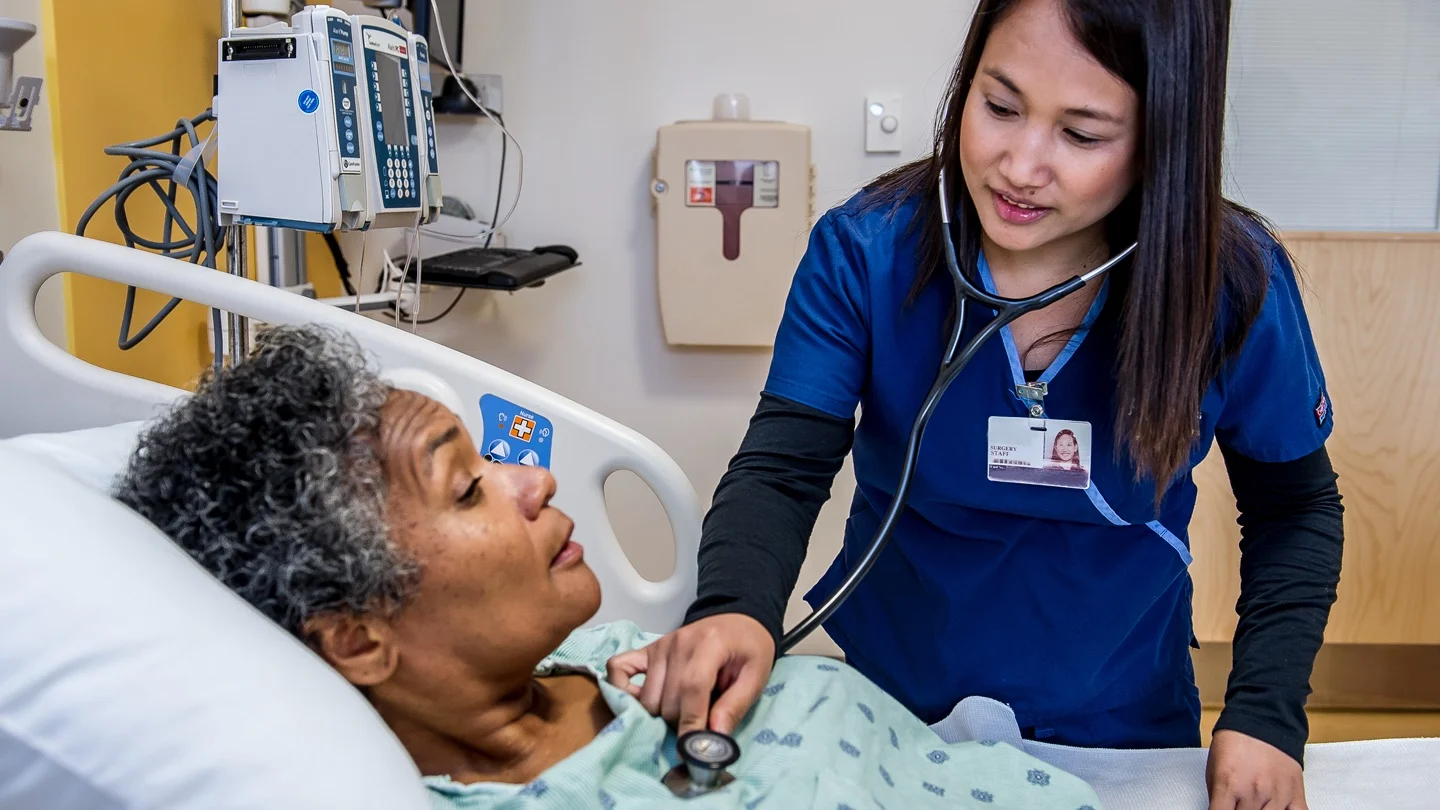Today our topic of discussion is General Instruction of Blood Transfusion.
General Instruction of Blood Transfusion

General Instructions
- Blood should be fresh
- Donors should not have any history of jaundice, cancer malaria, and hepatitis, tuberculosis, syphilis, AIDS, or any transmissible diseases
- Donor must be tested for AIDS. His grouping and cross matching should be done, and it should be compatible to the recipient’s blood. Any error in the labeling of blood can lead to serious consequences
- Blood must be stored at 1-6 °C Donors must have a normal temperature, pulse and blood pressure
- Use an appropriate, sterile, pyrogen-free transfusion set containing a fitter for administration of blood one filters will remove clots and lagers aggregates of leukocytes and platelets
- Use 18 gauge needles for infusion. It will prevent damage to the red cells and will provide adequate rate of flow .
- Maintain TPR chart prior to blood transfusion to find on any complication
- Do not add any medications to the blood or administer through the same intravenous needle, because they may cause damage to the red cells.
- Adjust the rate of flow to 5-10 mL per minute during first half an hour of transfusion to detect any complications as early as possible. Because signs usually appear during the first half an hour of the transfusion. The subsequent flow rate depends upon the condition of the patient and the need for rapid transfusion
- Check the expiration date on the blood bag, and observe for color (Fig. 28.24)
- The blood should be given at a slower rate if the patient is elderly suffering from heart and lung diseases, anemia, etc. (Fig. 28.25).
- Whole blood and packed cells are administered cold. Avoid shaking the container, if needed the blood may be allowed to stand in the room temperature for 30-45 minutes, before administering to the patient.

Preparation
- Collection of blood from the donor is done in the laboratory by the laboratory technicians
- All the articles used for the collection of blood should be sterile
- Each donor unit must be labeled in clear, readable letters
- The donor blood immediately after it is withdrawn should be placed in the refrigerator
- Stored blood shall be inspected daily
- The transportation of the blood in the hospital should be done within 30 minute
- Freezing, heating of the blood will destroy the blood cells
- When sending the recipient’s blood sample for grouping and cross matching, it must be carefully labeled at the bedside of the recipient with identifications
- Care is to be taken to prevent introduction of air into the apparatus
- It is recommended to use 18 gauge needles for infusion, to prevent damage to the red cells of to provide an adequate rate of flow
- No medications, antibiotics, vitamins, calcium
- Rinse the infusion set with normal saline before starting the solution
- Before the administrations of blood, the vital signs should be recorded correctly
- Adjust the rate of flow to 5-10 ml per minute during the first 30 minutes of transfusion (raised complications)
- Whole blood and packed cells are administered cold: blood may be allowed to stand in the room temperature for 30 to 45 minutes before it is administered

- Once the blood is exposed to the atmosphere, it should be discarded
- Watch the patient carefully for the onset of any compli cations any reactions developed, it should be reported to the charge nurse and the physician immediately
- Keep the patient warm and comfortable with blankets (if necessary)
- Offer bed part before the procedure
- Record in the nurse’s record with date and time (amount of blood administrated, group, rate of flow, any reactions seen, any medications).
Read more: